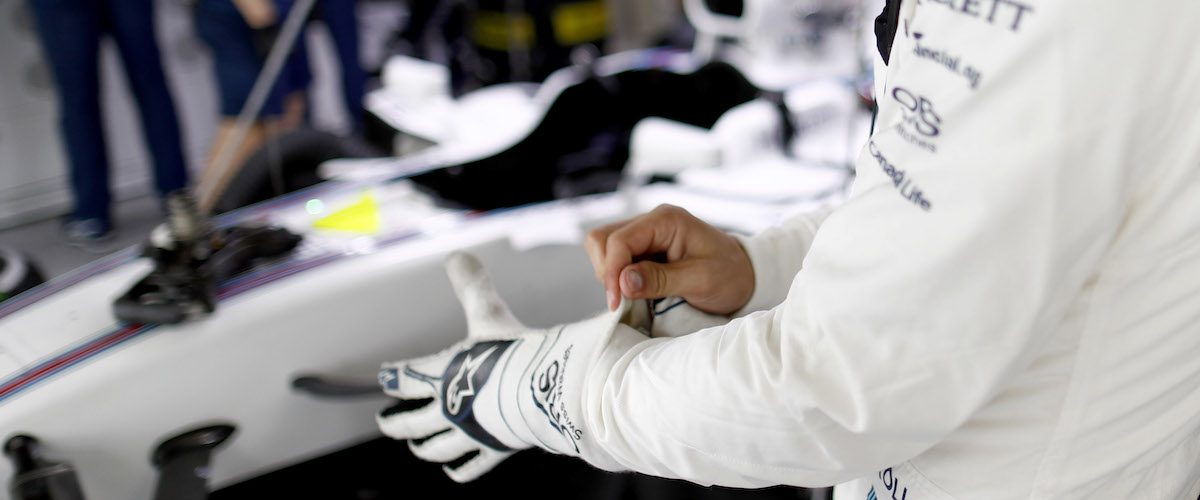Halo will not be the only safety novelty to appear in the 2018 Formula 1 season. Another one will be far less visible to the motorsport fans since it measures only about 3 mm and will be placed inside the driver’s glove. It’s a biometric monitoring device that will keep track of each driver’s vital signs during the race.
F1 biometric gloves were tested by some teams, Mercedes included, at the 2017 Hungarian Grand Prix, and the FIA is set to give it a go for every driver on the grid. The motorsports governing body, however, has given no further details and it’s not confirmed whether the device will make its official debut at the first round of the season in Melbourne next month.
“The technology will be available for all glove manufacturers,” says FIA, “and initially the devices will use an optical sensor to measure ‘pulse oximetry’, or the amount of oxygen in the blood, alongside the pulse rate.”
Described by the FIA as “potentially life-saving,” this data will be available via Bluetooth within about a 500-meter radius around the car, instantly collected by medical officials in case of an accident. It will enable paramedics to make more accurate and quicker decisions on their way to the accident location.
The idea of introducing biometric devices monitoring has been discussed in F1 paddocks since at least 2016. That year, FIA introduced high-speed cameras pointed at the cockpits to gather information on drivers’ movements after crashes. Also, there are tiny accelerometers that were added to the drivers’ radio earpieces.
Rapid response to an accident on the track is not a new concept in F1. First initiatives were put into force in the late ‘70s by medical racing pioneer, Dr. Sid Watkins. After the death of Swedish driver Ronnie Peterson, following a crash at the start of the 1978 Italian GP, Watkins established progressively stricter protocols, including the positioning of a medical car at the back of the starting grid. Later, the presence of a medical helicopter became mandatory, with races only allowed to start during favorable conditions for the helicopter to take off.
The biometric glove initiative is led by Dr. Ian Roberts and Alan van der Merwe, FIA Deputy Medical Delegate and F1 Medical Car driver respectively and has the support of the Global Institute for Motor Sport Safety.
Image: © Glenn Dunbar/Williams.



